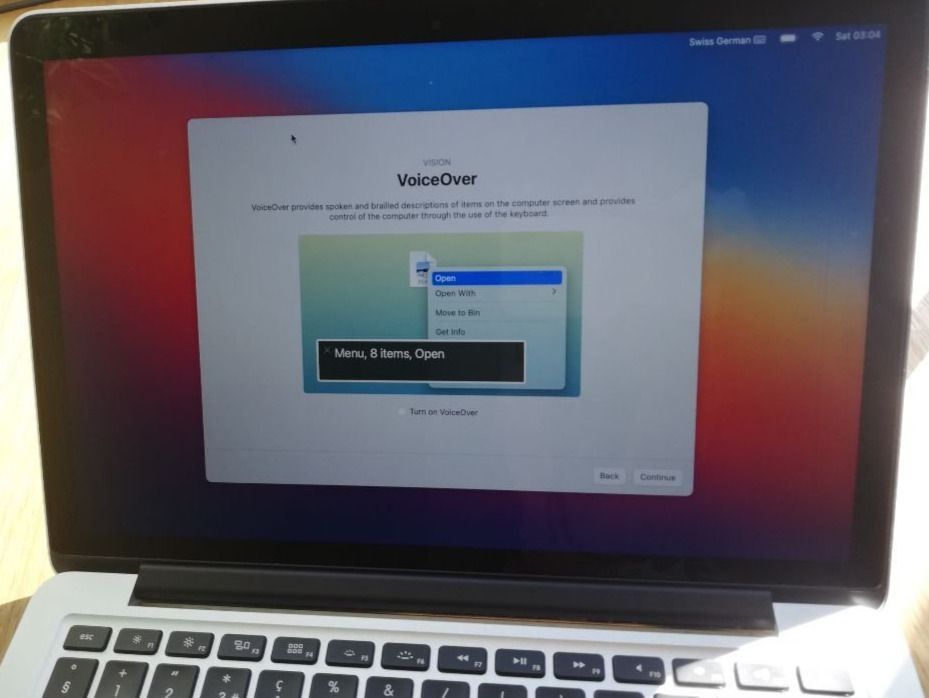

I transferred a big file (a little under 2 GB) from an older computer connected to the Time Machine using wired Gigabit Ethernet and timed how long this took. I tested wireless network performance using an 802.11ac Time Machine base station. (Which mine certainly aren't at maybe 20 MB/sec.) The SD card reader is now connected over "super speed" (5 Gbps) USB 3 internally, so it should be able to keep up with the speediest SD cards. With USB 3, it can reach 110 MB/sec for sustained transfers. I got a 2.5" bus powered USB 3 hard disk not long ago, which tops out somewhere around 30 MB/sec when used over USB 2. Apple introduced 5 Gbps USB 3 in last year's models, which is a very nice change of pace after having been on 480 Mbps USB 2 for a decade. It may be a while before I have any peripherals that take advantage of this extra bandwidth. The Thunderbolt ports now support Thunderbolt 2 at 20 Gbps. It's a point of pride to have something to connect to every portĮxcept for the surprise addition of HDMI not long ago, Apple has been moving away from special-purpose ports towards multi-purpose high speed ports: Thunderbolt/DisplayPort and USB. Also see the earlier instalments about battery life and CPU performance. This is the third one, looking at the MacBook Pro's I/O ports and wireless networking.

Over the next few days, I'll publish my review of the new 13" MacBook Pro here in several installments. No more bottlenecks: the late 2013 MacBook Pro reviewed Late 2013 MacBook Pro review: ports and networking


 0 kommentar(er)
0 kommentar(er)
